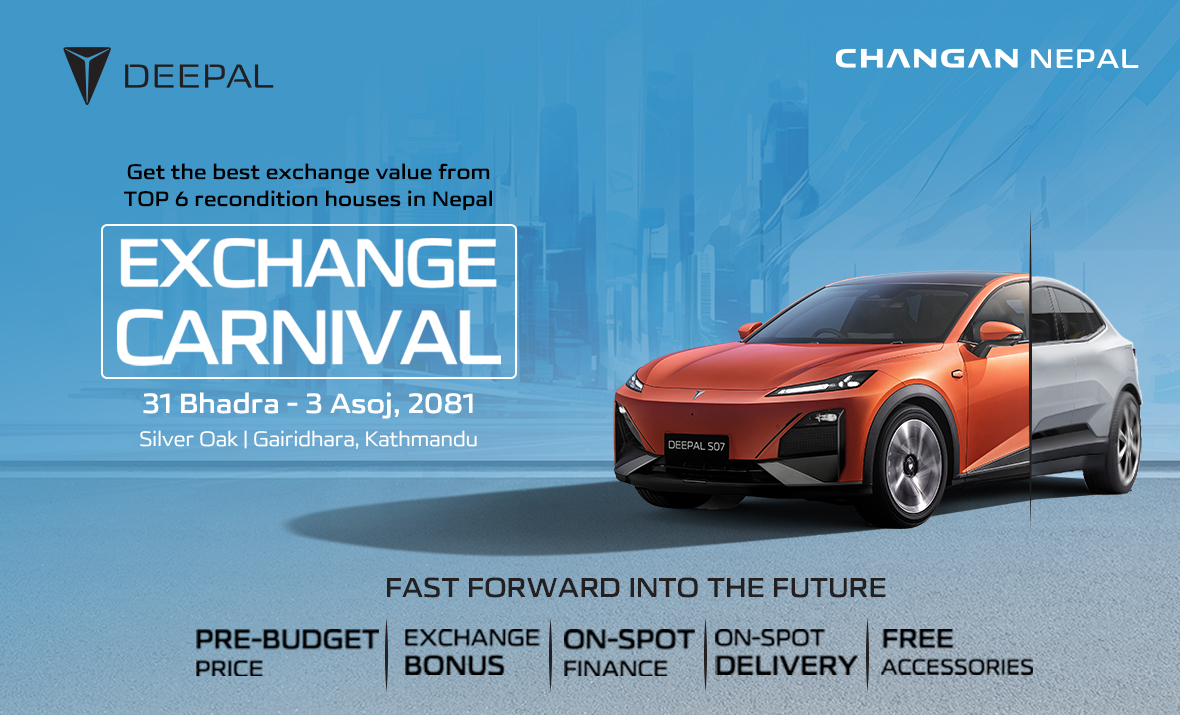Cheap car loans

We use Google Cloud Translation Services. Google requires we provide the following disclaimer relating to use of this service:
This service may contain translations powered by Google. Google disclaims all warranties related to the translations, expressed or implied, including any warranties of accuracy, reliability, and any implied warranties of merchantability, fitness for a particular purpose, and noninfringement.




There is no need to worry about not being able to buy a vehicle (auto) by taking a loan from the bank due to high interest rates. After accumulating money in the bank, banks and financial institutions have reduced the interest rates of car loans.

With the decrease in interest rates, the overall vehicle loan has become cheaper and the attractiveness of customers has increased. Bankers say that since loans are available at low interest rates, the number of customers coming to the bank to understand about vehicle loans has increased and this has increased traffic. They say that now is the right time for customers who are unable to buy a car due to the high interest rate despite their desire.
Three years ago, the situation was different. The average interest rate on vehicle loans was above 13 percent. Due to the high interest rate, the customer could not afford to take a loan and buy a car. Now the situation has changed. The average interest rate for vehicle loans is around 8.5 percent. This is about five percentage points less than two and a half years ago. For this reason, experts say that customers should make full use of the opportunity of cheap interest rates.
'Because the interest rate is cheap, many banks are bringing car loan schemes (schemes) with priority,' said a banker, 'many of them have fixed interest rates for 4 to 7 years.' Taking the opportunity of Nada So', Dasain, Tihar and Chhath approaching, banks have introduced new schemes. The risk is reduced as the vehicle loan is provided based on the stable income of the borrower. Experts say that this is the reason why the attraction of banks has increased in this area. Its main features are the flow of the customer's income on the basis of regularity, short-term nature, other income will also increase and monthly payments.
According to the current system, banks and financial institutions provide vehicle loans for up to 80 percent of the value of electric vehicles and up to 50 percent of the value of gasoline-powered vehicles. Although businessmen demanded to increase the limit of 50 percent set for petroleum vehicles, the National Bank has not changed the policy.
The Vice President of Nepal Bankers Association, Santosh Koirala, said that the base interest rates of banks have decreased due to more liquidity. More liquidity, the base rate has also decreased to 8 percent. Real estate, shares, cars, etc. are the fastest loan areas. Therefore, banks have tried to extend more loans in those areas," he said. "In the past, when interest rates were cheap, some vehicle loans could not be recovered. Therefore, banks should provide loans only after understanding the customer's situation well.
As the country's foreign exchange reserves continued to decrease, the government imposed a ban on the import of 10 items including vehicles. Therefore, the auto market slowed down during that period. Despite the removal of the restriction, due to the strict policy of the National Bank on credit flow, the activity in the auto market could not increase even last year. However, after the third quarter of the last financial year, the auto market began to move. Through the review of the monetary policy of the last financial year, Rastra Bank introduced some loose policies for shares, real estate and home purchase loans. After that, the businessmen say that the activity has started to increase in this area as well.
"For the past few months, there has been an increase in activity in the auto market," said Dhruv Thapa, the former president of NADA Automobiles Association of Nepal, "It is not because the RBI has reduced the risk burden, but because the interest rates have decreased." Now the demand for electric vehicles is very good. Compared to the previous financial year, Thapa said that vehicle sales increased by about 50 percent in the last fiscal year.
Even though the turnover of the auto market has increased by 50 percent, vehicle loans have decreased by 22 percent compared to the previous year. In the previous financial year, the banks provided loans of 1 trillion 60 billion in this sector, but this loan decreased to 1 trillion 24 billion in the last financial year.
 प्रकाशित : भाद्र ११, २०८१ ०७:२७
प्रकाशित : भाद्र ११, २०८१ ०७:२७

 २६.१२°C काठमाडौं
२६.१२°C काठमाडौं











